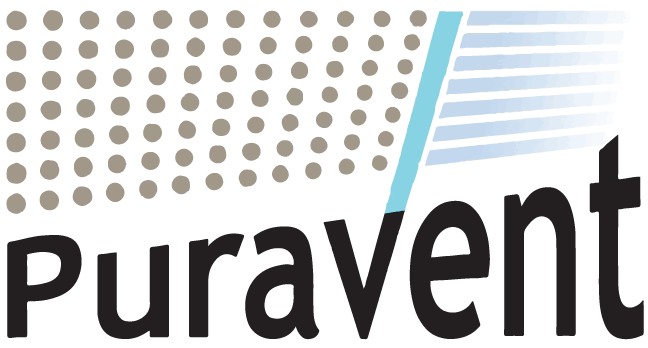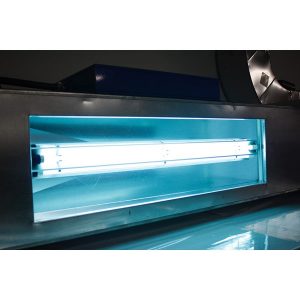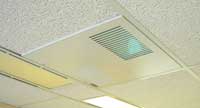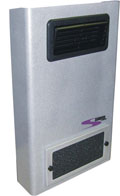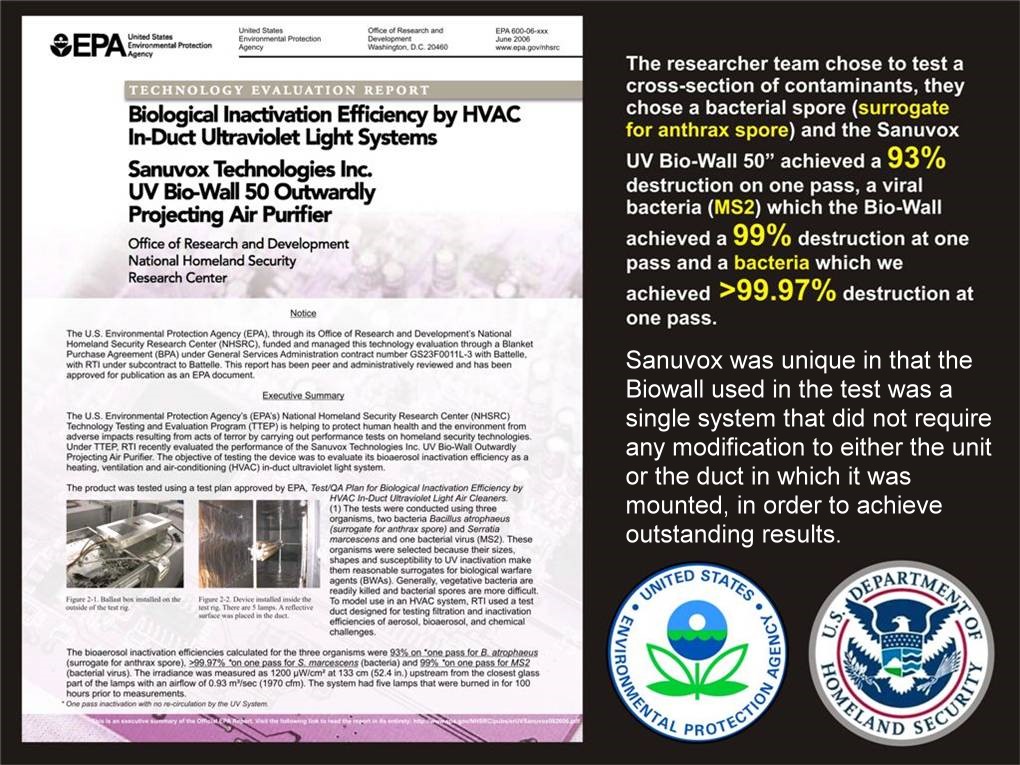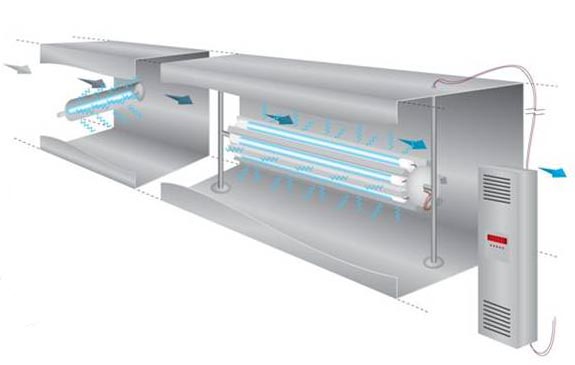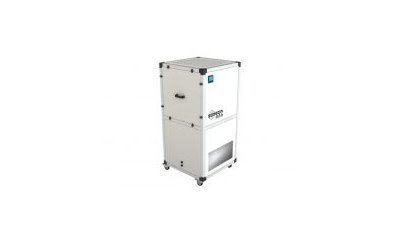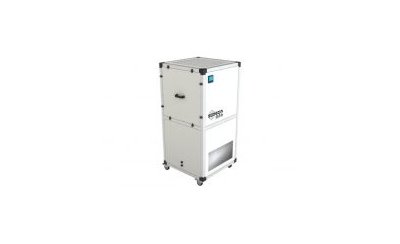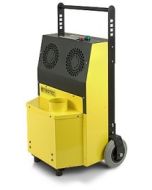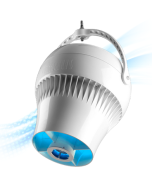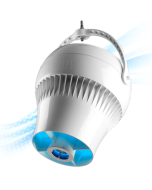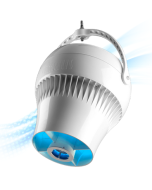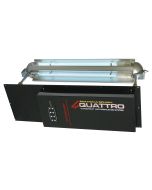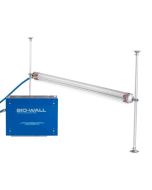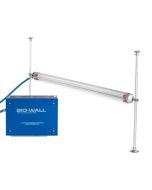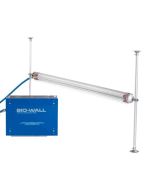UV Infection Control - A key element to preventing airborne spread of infections in healthcare
For the healthcare sector, infection control has been in the spotlight for several years, and in that time there have been huge strides in reducing hospital acquired infections, however there is at least one problem that persists. Whilst infections can be reduced by surface cleaning, patient and staff hygiene and other in ward measures, there is still the risk that infections once established can spread through the air, carried on air-borne dust particles or droplets. Not only can infections spread by this method within a room, but with the help of ducted ventilation systems the infections can spread on the ducted air flow throughout the building, particularly if the age of the ducting system predates the modern day standards which discourage recirculation of air. UV infection control both ducted air and in room air is the specialist capability of Sanuvox systems.
 | It seems that this last frontier of infection control has in the past fallen between two fields of responsibility within healthcare establishments because typically, it falls to the estates manager to take responsibility for the hospital infrastructure including the ventilation systems, whilst infection control responsibility falls to the infection control officer. | |
| What is critical for the implementation of the last frontier of infection control is that the estates and infection control management work together and understand the elements required to this type of solution. It is an 'estates thing' but with a clear infection control objective. | ||
The Benefits of UV infection control in Healthcare Environments
With so much to be gained from UV purified air in hospitals and health centres, besides infection control, it is a mystery why the UK healthcare sector has been so slow to realise the how much better their air could be. What is an accepted and routine solution found in hospitals in other developed countries still seems to be regarded as something akin to rocket science in UK healthcare sector. Even more surprising when you consider that infection control is actually only part of the result.
| The Key Benefits of Sanuvox UV infection control Systems | The Bonus Benefits of Sanuvox UV infection control Systems | ||||||
 | Destroy biohazards including - |
| Destroy biological contaminants, including - |
| Oxidise chemical contaminants including - |  | Oxidise odours including - |
|
|
|
| ||||
| BenefitsStop serious airborne micro organism threats passing through the ventilation system. A vital component of building bio security, business continuity and infection control. | BenefitsAirborne infection control. Prevents infections on bioaerosols travelling through ventilation system, therefore reduces staff infection rates and absenteeism | BenefitsLess incidence of staff nausea related sickness therefore higher productivity | BenefitsNo smells - happy building occupants | ||||
What Does UV Infection Control Actually Do?
Inside ventilation systems - In the building's ventilation system can be a number ventilation circuits each serving a number or rooms or areas in the building. In older hospitals and health centres, each ventilation system will be an air handling unit (AHU) complete with a fresh and recirculated air mixer box, filters, heating and cooling coils, and a fan. Sanuvox UV based infection control equipment is installed the supply duct down stream of the AHU and its filters. The Sanuvox in-duct air purification unit provides sufficient intensity and duration of a specific frequency of UV light that destroys air borne biological contamination, thus implementing infection control to the areas served by the ventilation system. The last frontier of infection control is in the duct.
Change The Air Purification Mindset
| Traditional Approach |
|
| New Approach |
|
In solving the same problem, the difference between the traditional and smarter answers is similar to the difference between a sledgehammer and nut cracker. With this approach we are not trying to catch everything in order to catch the target contaminants; instead we are targeting the biological and chemical contaminants and not wasting energy on everything else.
Today's UV Infection Control Solution
Accepting that your buildings ventilation system has at least F6 efficiency filters in the air handling unit, then the smart way to establish airborne infection control and get chemically clean air (including odours) is to use a Sanuvox 'in-duct' ultraviolet air purification system. The big benefits of these systems compared to high efficiency filters and carbon filters is that;
Installation is easy - it is mounted in the duct and not the air handling unit | |
Power cost is low - similar to an equivalent size and number of fluorescent lamps | |
Prolonged maintenance interval - lamps typically have a life of over 3 years | |
Additional pressure load on system fan is negligible. | |
Overall running cost (including power and replacement parts) is typically 4 -6 times lower |
Why Sanuvox UV Infection Control?
Sanuvox in-duct air purifiers use ultraviolet light at exactly the correct wave length, at a very high intensity and for a high exposure time to effectively disable all the biological contaminants on the air that pass it, including spores, bacteria and viruses. This means that a hospital or health centre with Sanuvox Biowall units fitted for infection control can almost guarantee that infections will not pass through the duct work system from one ventilated area to another.
There are plenty of companies that offer UV air purifiers. None of their systems are like Sanuvox equipment, with an array of lamps supported in the middle of the process air stream and running parallel to the airflow. Only Sanuvox use lamps that are 'spliced' from two types of high quality quartz glass, so that they can use the benefits of both UV-V and UV-C light. The lamps have exceptionally long life and the electronic ballast and control system is very sophisticated, enabling monitoring of lamp life and lamp operation as well as integration into the building management system (BMS)
Compared to other UV system providers, Sanuvox UV infection control systems provides greater benefits to users because;
| Feature | Because | Your Gains |
| Lower lamp change frequency | Better quality lamps |
|
| Higher operational efficiency | Parallel to air stream, in-duct format |
|
| Effective infection control and and chemical purification | Spliced UV-V and UV-C lamps |
|
| Ease of management | Sanuvox in duct systems can integrate with your building management system (BMS) |
|
Does Sanuvox Infection Control Work ?
Yes, it works. We do not make spurious 99.999% efficiency claims, that might be standard practice for other suppliers. We can specify Sanuvox technology using our bespoke engineering programs to provide the exact solution to your application. Thus if your infection control requirement is to achieve at least 98% efficiency against, say, C difficile on a particular airflow in a particular duct we can specify a system to do this and tell you exactly how efficient the installation will be.
Given that it has been proven that these systems can destroy anthrax spores and that requires 7 times more UV irradiation than required to achieve the same efficiency kill on MRSA then it is fair to say that killing MRSA is very easily within the infection control capabilities for Sanuvox systems.
How Much Does UV Air Purification Save From The Bottom Line?
The high pressure drop across HEPA and carbon filters creates very high running costs.
In this example we compare a 10000 m3/hr airflow through HEPA filters (which may not even be high enough efficiency for your infection control objectives) and carbon filters with treatment using a Sanuvox Biowall. The base line information for this example is as follows;
| Airflow | 10000 | m3/hr | |
| Pressure drop of high efficiency filters | 300 | Pascals | |
| Pressure drop on carbon filters | 150 | Pascals | |
| Hours operation per year | 5000 | hrs | |
| Cost of electricity | 10 | pence per kwh | |
| Fan efficiency | 60 | % | |
| Fan motor efficiency | 90 | % | |
| Filter change out period | 1 | per year | |
| Sanuvox Biowall lamp change out | 1 | per 17000 hrs |
Based on the above input data the comparison between the two approaches is clear;
| HEPA filters and carbon filters for infection control | Sanuvox Biowall for infection control | |
| Electrical power cost per year | £1155.50 | £230 |
| Approx replacement elements costs per change out | £2070 | £1000 |
| Annualised replacement elements cost | £2070 | £294.11 |
| Total annual running cost | £3225.50 | £524.11 |
On this small-scale example you save £2701.39 per year.
Or put it another way; for this example the running cost of UV infection control using a Sanuvox Biowall is less than 1/6th of the filter solution, and that is without considering the labour costs of the more frequent filter changes. A hospital could easily have more than a dozen such systems or larger. In addition to the obvious benefits of UV infection control and purified air, the savings compared to filter based solutions can be staggering.
Now What?
Unfortunately it is not possible implement the last frontier of infection control by browsing this or any other website, but you can start the process by calling us and on 0845 688 0112, asking for Bill Anderson. Alternatively contact us by email.
